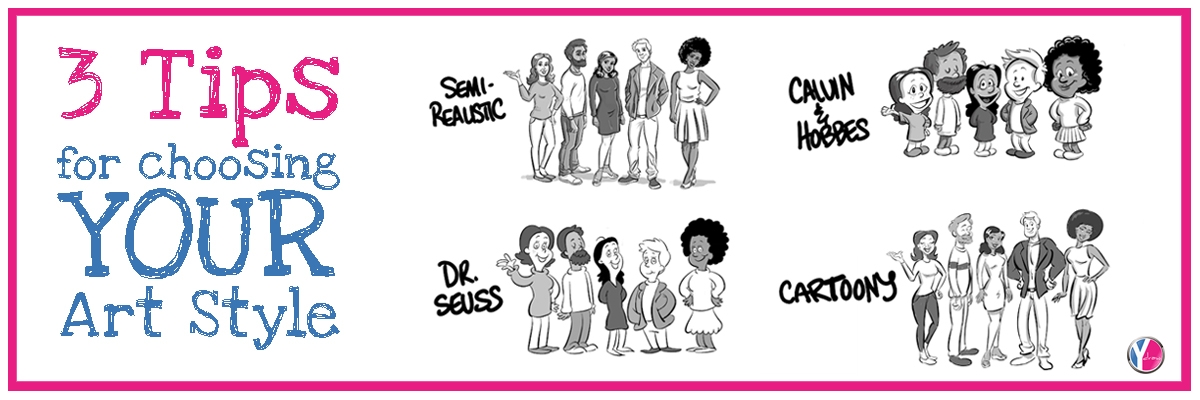3 TIPS FOR CHOOSING YOUR ART STYLE: To Take Your Video from Vapid to Viral
Everyone wants a viral video. In fact, that’s what most of our clients ask for when they come to us. But, when it’s time to look at our Art Styles page – many clients panic and think,
“What if I choose the wrong one?”
That’s why we are going to talk about the difference that art choice can make to your video and a few things to think about when choosing yours. Because although we pride ourselves on working with the most talented artists in the industry – that doesn’t mean that every one of them is the best choice for your project.
Let me tell you a short story.
Once upon a time, a client named Booz Allen came to us for their first whiteboard animation video. They are a serious, respected firm with very serious, important clients. Even though this video was internal, they wanted it to be serious, professional, and aspirational.
But, there was just one thing.
Their Scriptwriter had a gut instinct – what if we juxtaposed the informational tone of the script with a fun, unexpected art style like Calvin & Hobbes to create a surprise effect?
Well, Booz Allen decided to go with Semi-Realistic instead. Here’s the first scene from the first set of images delivered by their choice of artist:
This works. It gets the job done. However, Booz Allen isn’t in the business of just getting the job done. So, they made the command decision to switch artists (for a small fee).
Here’s the first scene again – with the exact same script – rendered in the Calvin & Hobbes style:
Now THAT’s memorable!
Just using a different art style brings the script to life in a completely new way.
In fact, this style was such a huge hit –they have made dozens of videos since in this style.
This is a perfect example of how the right art style can truly elevate a project.
So, what should you consider when choosing the art style for your project?
Here are 3 things to consider:
- TONE/MOOD:
What is the tone of your script – what feelings does the voiceover evoke? And, what do you want the mood to be of your video? Some examples might by light-hearted and humorous. Other scripts are heavy, covering more serious subject matter. Or, maybe you just want an approachable, informational tone. For example, this video we made for Volunteers of America was designed to be beautiful, moving and inspiring. Using our YPaint style, the images are digitally revealed and we incorporated an animated fine line connecting them to support this vision:
- ELEMENT OF SURPRISE:
Now, just because your tone and mood are serious – doesn’t mean your art style has to be! By using an unexpected pairing, you create the element of surprise! Examples of this could be the Booz Allen video – which pairs a fun, youthful art style with serious internal subject matter. Or, take a look at this video for the marketing company, Ribyt. They used color to create an element of surprise, by staying all B&W except for their brands green.
Another way to create an element of surprise is to use a mixed-media approach, by combining different types of video footage. In this case, Vital Smarts used a mixture of live video and whiteboard animation:
- AUDIENCE:
Sometimes the right art style is the one that will appeal most to your audience.
Ask yourself, “What would my target consumer want to see?”
After all, you’re making this video for them, right?
That’s exactly what our client, Wilson Electronics, had in mind when we created this short, one-scene video in our Cartoony style to capture the feeling that people have when they realize their cell phone signal hasn’t been working:
BOTTOM LINE:
Be willing to think outside the box when choosing an artist!
The right art style will pair perfectly with your script and grab the attention of your audience.
We love working with our clients to discuss options, send samples, and help guide you to choosing the perfect art style for your project.



